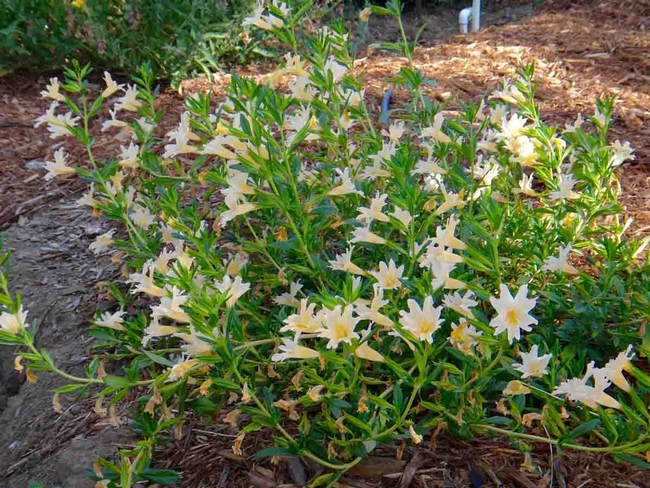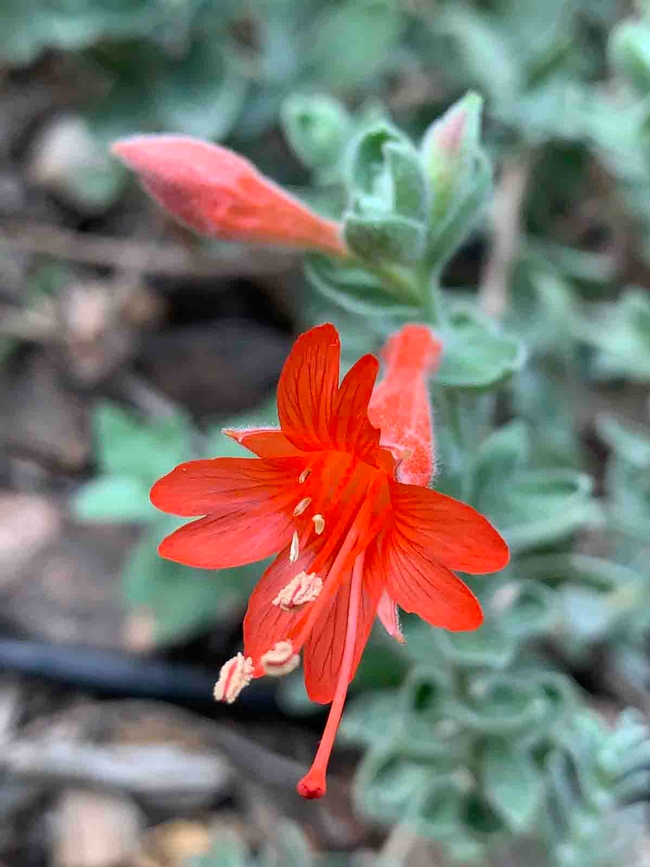Winter is a great time to plant a native pollinator garden. Pollinators are the buzzing, flying creatures responsible for the formation of many of the fruits and vegetables that we humans love to eat. Planting for pollinators is a colorful way to attract interesting and beautiful birds, butterflies, bees, and insects to your garden while increasing the productivity of many edible plants.
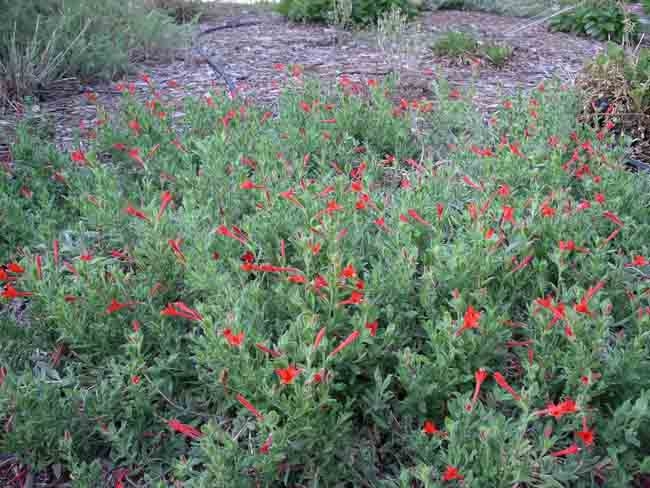
Hummingbirds, for example, reach into tubular flowers with their long, thin beaks. Zauschneria californica (California Fuchsia; also known as Epilobium canum) is a perennial native to Butte County that is covered with brilliant orange-red tubular flowers from mid-summer through fall. This plant is a hummingbird magnet! Zauschneria ‘John Bixby' and
Zauschneria ‘Calistoga' are especially attractive and well-behaved varieties of California Fuchsia. Plant Zauschneria in part- to full-sun areas of your garden. Water once or twice a month during the dry season. To keep it looking tidy, cut this perennial to within a couple inches of the ground annually in late fall/early winter.
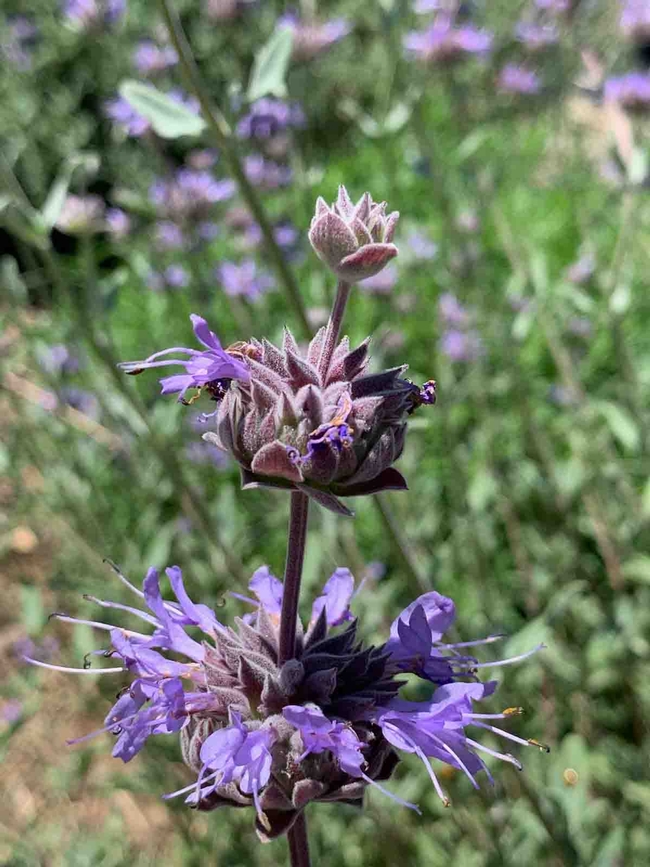
Carpenter bees relish the electric purple flowers of Penstemon heterophyllus (Foothill Penstemon). Pair Foothill Penstemon with California Poppies in full sun for the classic California color combination of orange and purple each spring. P. heterophyllus
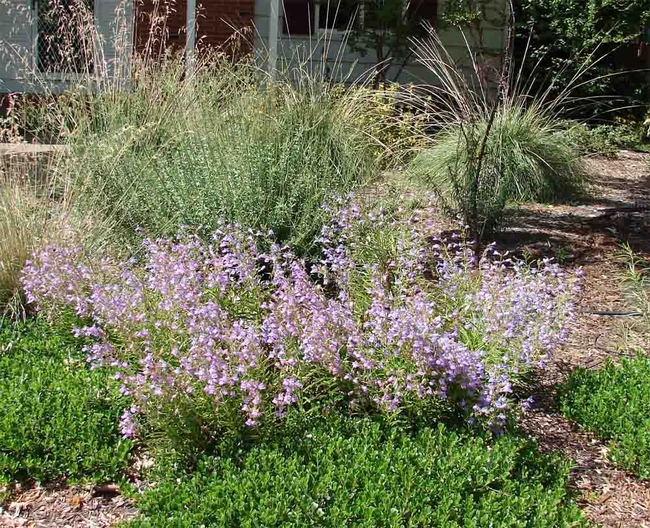
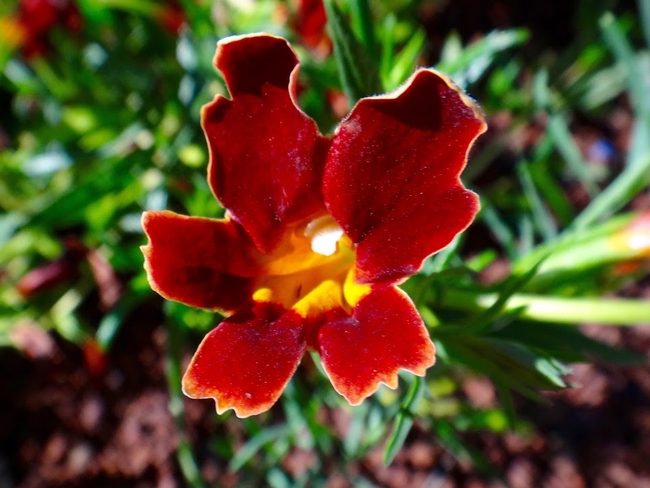
Planting for pollinators is an easy and fun way to add a new dimension of interest to your native garden!
UC Master Gardeners of Butte County are part of the University of California Cooperative Extension (UCCE) system. To learn more about us and our upcoming events, and for help with gardening in our area, visit our website. If you have a gardening question or problem, email the Hotline at mgbutte@ucanr.edu or leave a phone message on our Hotline at (530) 538-7201. To speak to a Master Gardener about a gardening issue, or to drop by the MG office during Hotline hours, see the most current information on our Ask Us section of our website.
